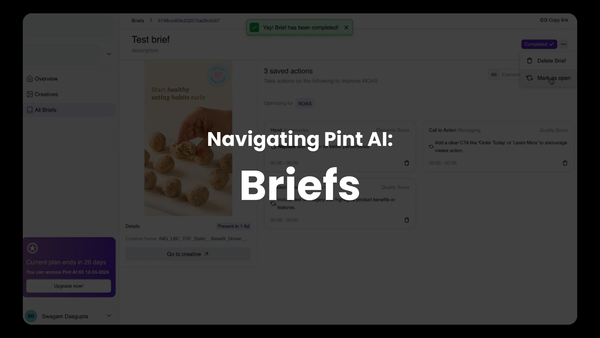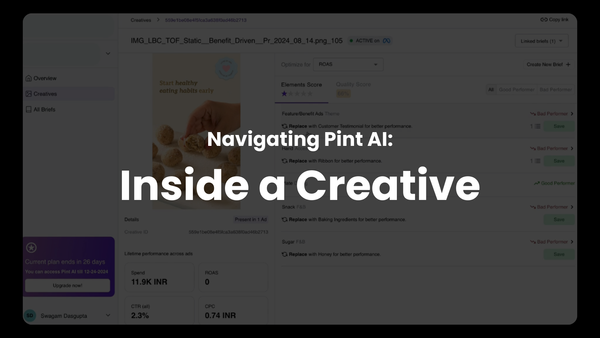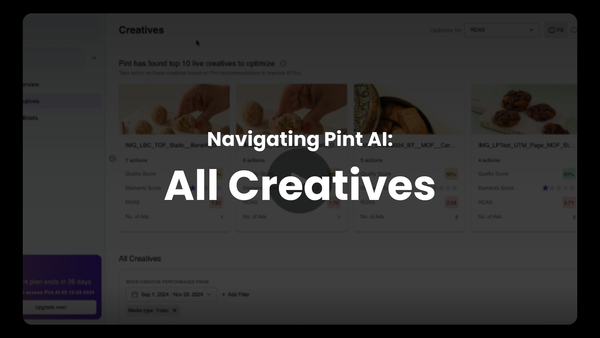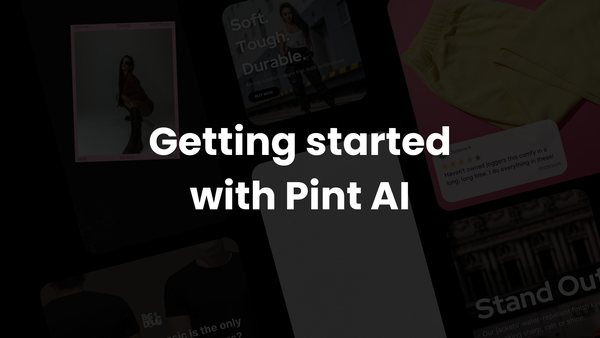Mastering Ad Account Organization: Best Practices for Google and Facebook Ads
Setting up your ad account in the right way can really help boost your ad performance; Google and FB themselves tell you this! Here's how you can start organizing your ad accounts better.
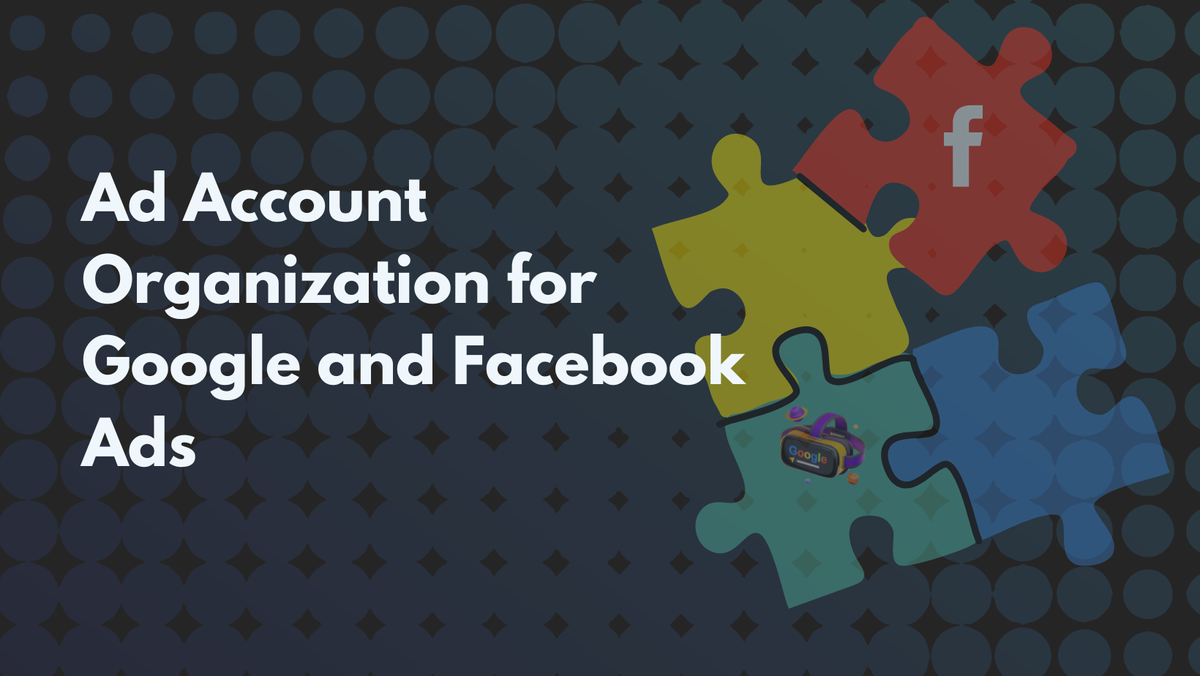
Having a well-organized ad account is essential for maximizing performance, simplifying management, and achieving your advertising goals. Whether you're using Google Ads or Facebook Ads, a strategic approach to account structure can make all the difference. This guide will walk you through the best practices for organizing your ad accounts effectively.
Google Ads Account Organization
1. Campaign Types and Structure
Google Ads offers various campaign types, including Search, Display, Video, Shopping, and Performance Max. Using a combination of these can help you reach different audience segments and achieve diverse marketing objectives.
- Align with Website Structure: One of the most effective ways to organize your Google Ads account is to mirror your website structure. This method ensures that your campaigns are directly aligned with the user journey on your site. For example, if you have distinct sections for different products or services, create corresponding campaigns.
- Product or Service-Based Campaigns: If your website structure isn't ideal for ad campaigns, consider organizing your campaigns by product or service. This approach allows you to tailor your ads and keywords to specific offerings, improving relevance and performance.
- Location-Based Campaigns: For businesses operating in multiple locations, creating location-specific campaigns can help target ads more effectively and tailor messaging to local audiences.
2. Ad Groups and Keywords
Ad groups are where the magic happens in Google Ads. Each ad group should focus on a specific theme, allowing for targeted ad copy and relevant keywords.
- Specific Themes: Ensure each ad group centers around a specific theme or product. This specificity allows for more relevant ad copy and better keyword targeting.
- Multiple Ads Per Group: Aim to include 2-3 ads per ad group. This variety helps in testing different messages and identifying the most effective ad copy.
- Keyword Strategy: Start with a mix of broad, phrase, and exact match keywords. Broad match keywords help capture a wider audience, while exact match keywords ensure precision. Don’t forget to include negative keywords to filter out irrelevant traffic.
3. Campaign Settings and Targeting
Proper campaign settings and precise targeting are critical for maximizing your ad spend and reaching the right audience.
- Budget and Bidding: Set a daily budget that aligns with your overall marketing budget. Choose a bidding strategy that matches your campaign goals, whether it's maximizing clicks, conversions, or impression share.
- Geographic and Demographic Targeting: Utilize geotargeting to focus your ads on specific locations. Similarly, demographic targeting allows you to reach specific audience segments based on age, gender, income, etc.
- Ad Scheduling and Frequency Capping: Control when your ads are shown with ad scheduling. Frequency capping helps prevent ad fatigue by limiting how often your ads appear to the same user【6†source】【7†source】.
Facebook Ads Account Organization
1. Campaign Structure
Facebook Ads Manager offers a robust platform for creating, managing, and analyzing ad campaigns. The key to success is in the structure.
- Unique Objectives: Each campaign should have a unique objective, such as brand awareness, lead generation, or conversions. This clarity helps in optimizing settings and measuring performance accurately.
- Separate Ad Types: Avoid mixing different ad types within the same campaign. For instance, keep mobile ads separate from desktop ads as they tend to perform differently.
2. Ad Naming Conventions
Effective naming conventions make managing and analyzing campaigns much easier.
- Descriptive Names: Include details such as ad type, audience targeting, and a brief description of the creative in your ad names. For example, “BCT_F25-45StarbucksNYC_Image1” (read Broad Creative Test for females between 25 and 45 years of age for Starbucks New York City, which contains Image1) can help quickly identify the ad’s purpose and target audience.
- Standardize Across Teams: Ensure that everyone on your team follows the same naming conventions. This consistency helps in collaborative environments and when scaling campaigns.
3. Audience and Placement Targeting
Facebook offers unparalleled audience targeting options, allowing you to reach highly specific user segments.
- Custom Audiences: Utilize Facebook Pixel to create custom audiences from users who have interacted with your brand. This allows for effective retargeting and higher conversion rates.
- Lookalike Audiences: Expand your reach by targeting lookalike audiences who share characteristics with your best customers.
- Placement Options: Choose between Automatic Placements and Manual Placements. While Automatic Placements allow Facebook to optimize ad delivery, Manual Placements give you control over where your ads appear.
4. Testing and Optimization
Constant testing and optimization are crucial for maintaining effective ad campaigns.
- A/B Testing: Continuously test different ad creatives, audiences, and placements to identify what works best. For example, test different images, headlines, and CTAs to see which combination drives the most engagement.
- Performance Analysis: Regularly review campaign performance and make data-driven decisions. Pause underperforming ads and reallocate budget to top performers.
- Creative Analysis: Along with performance analysis, it is important to understand and decode how your creatives are performing as part of your ad strategy; which creatives are driving more sales? Which creatives are driving more traffic to your website, and why? How can you plan your next set of creatives? Creative Analysis, through tools like ours at Pint AI, helps you answer these questions.
Conclusion
Organizing your ad accounts effectively is essential for maximizing performance, simplifying management, and achieving your marketing goals. Whether you’re using Google Ads or Facebook Ads, a strategic approach to account structure can significantly enhance your advertising efforts. By following these best practices, you can create a more organized, efficient, and effective ad account that aligns with your business objectives and optimizes your advertising spend.
Implement these strategies today to see a marked improvement in your ad campaign performance and management efficiency. Happy advertising!


